How to get kids and students interested in various aspects of natural science, like the composition of substances or the bonding of atoms of basic elements? Use a fun, interactive form! Just like the Institute of Teaching and Humanities at the University of Chemistry and Technology in Prague, Czech Republic. The key part of their successful approach lies in awesome 3D prints made with Original Prusa 3D printers.
It all started with a model for the Prusa Education program: A magnetic construction set featuring chemical elements. 3D-printed spheres of different sizes represent different atoms like oxygen or hydrogen. Thanks to the magnets, you can easily combine them into various elements or substances.
The construction set is both simple and realistic: the spheres are sized in realistic proportions and the angles between them match their real-world counterparts. This takes you from a slightly abstract “H2O” or a simple pattern drawn on a blackboard to something you can touch and understand better! And the construction set is only limited by the student’s level or by whatever their professor comes up with.
After the success of the construction set, the university bought another five Original Prusa MK3S+ and is now experimenting with what can these 3D printers can do: what can be printed, how it can be printed and how the prints and materials hold up in various conditions, e.g., when they are exposed to certain chemicals. In the near future, they’re planning to get an SLA 3D printer – as the next logical step in their printing journey.
It’s not just about chemistry
Although it’s a chemistry-focused university, 3D printing is used in several other areas: For example, one of the summer camps was focused on biology students. To help them understand the topic better, the staff printed a model of a platypus skull. That’s something local students can normally see only in a textbook or in a good museum (behind a glass). Thanks to 3D printing, the students could not only touch it and see it from all angles but also get a much better idea of the animal itself.
The model of the skull also triggered a natural interest in students – they immediately wanted to know what else can be printed and how. The most interested and quickest to learn are, surprisingly, the first-level children. Even though they’re still learning to read, at the same time, they draw basic models in Tinkercad and print them with minimal assistance.
This is also why the Institute of Teaching and Humanities is working closely with several high schools to share the benefits and know-how of using a 3D printer in the classroom. And they’re setting an example themselves.
“3D printing has become an essential component of our teaching. We try to include it as much as possible, and it goes beyond the scope of our university. We have involved primary school children, high school students, and university students alike,” says RNDr. Jan Havlík, Ph.D., assistant researcher at the University of Chemistry and Technology.
Clever ideas and solutions
3D printing encourages exploration and finding clever solutions or improvements – and the school environment is ideal for this. One such clever solution was created by a student: A 3D-printed spectrometer for measuring light absorption. All you need is an empty tic-tac box and a smartphone with an app – with that, you can measure water pollution. This clever solution is a cheap but valid replacement for some costly hardware in certain situations.
They also use 3D printing directly in the labs.
“Things that used to be complicated to do, and had to be custom-made by specialized companies, can now be done on-site. We don’t have to spend large sums of money or use complicated machining processes to have something manufactured,” says Jan Havlík and shows us an example.
“Our laboratory needed a stand that could hold 20 test tubes and be submerged in an ultrasonic bath without corroding. And so we made a simple stand from PETG filament, which is perfect for this kind of application and it is almost indestructible,” says Havlík.
You can see 3D printing on all kinds of laboratory hardware – they’re printing a lot here. And their choice of Original Prusa 3D printers was a good one.
“Original Prusa printers are very robust – I can put them in my car, drive halfway across the country and they work perfectly, most of the time without any additional calibration,” says Havlík.
The future of 3D printing in education
Advances in the field of 3D printing have made 3D printers a standard tool in many areas – such as science, manufacturing, automotive, and education.
“Just like the internet, 3D printing has become a part of our everyday lives. It helps us in some way every week and it’s such a useful and convenient technology to have on hand,” says Jan Havlík.
His prediction for the future of 3D printing in education is very positive:
“It’s now up to us, teachers, to recognize and fully grasp the potential of these machines and to incorporate them into teaching in an engaging and educational way. Our goal is to find innovative and enjoyable ways to use 3D printing to its fullest potential and make our teaching even better and more fun for everyone,” Jan Havlík concludes our visit.
– Jakub Fiedler, Štěpán Feik, Jakub Kmošek






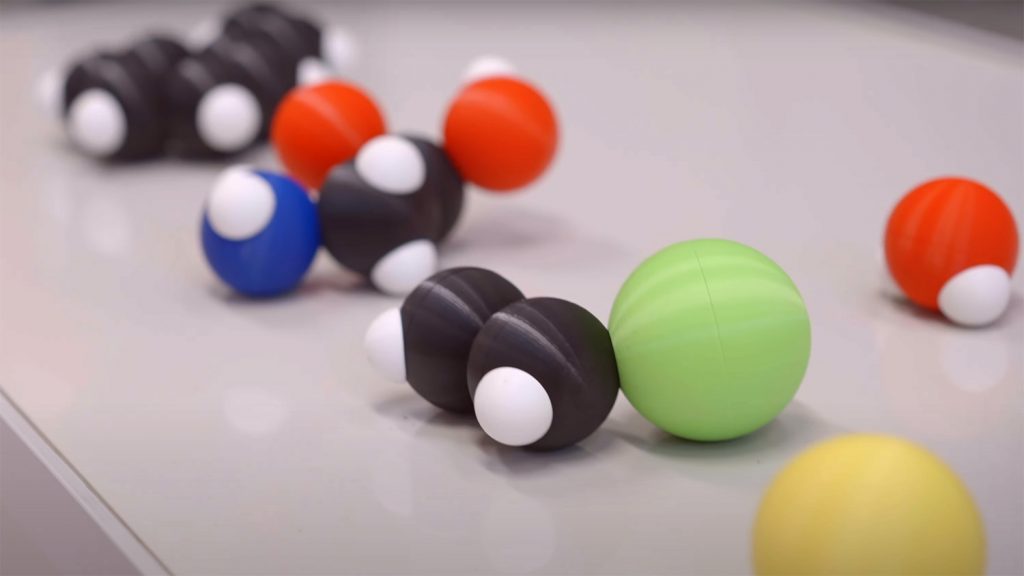

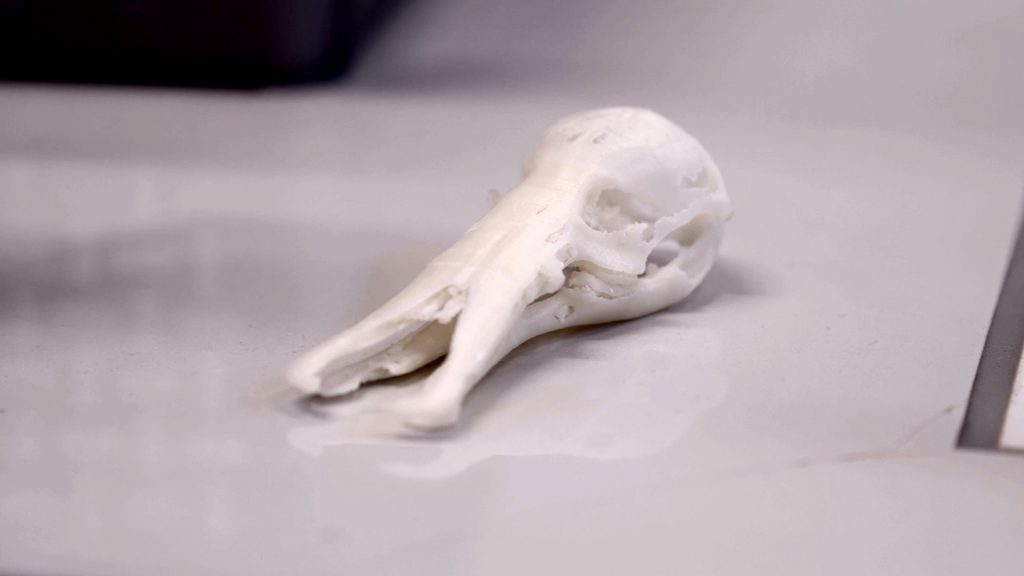
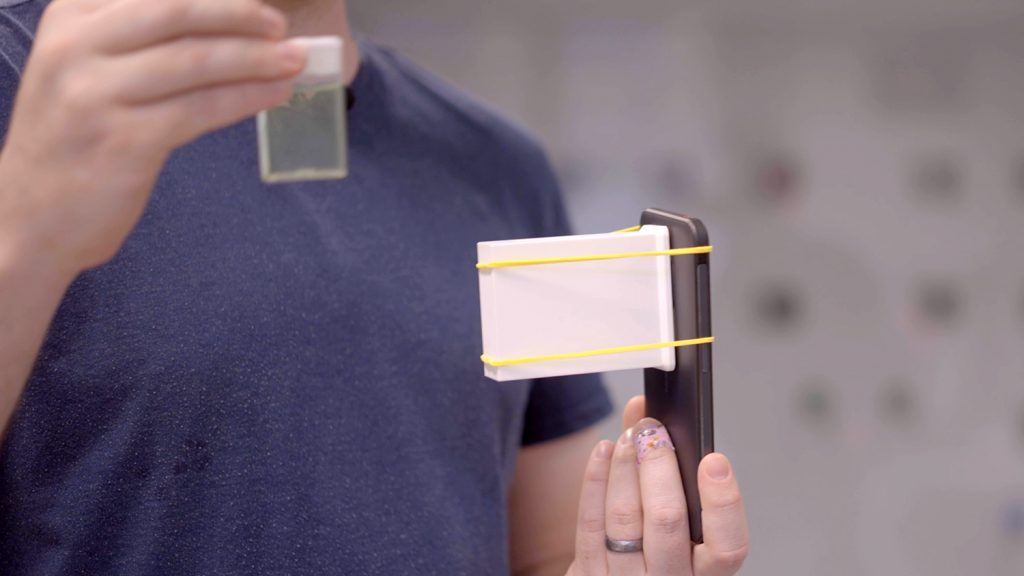
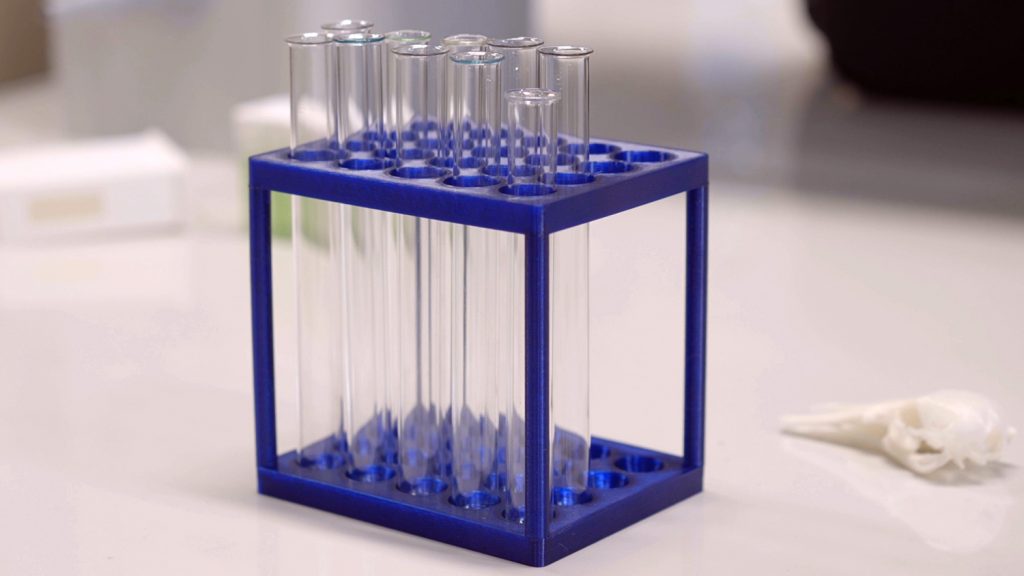
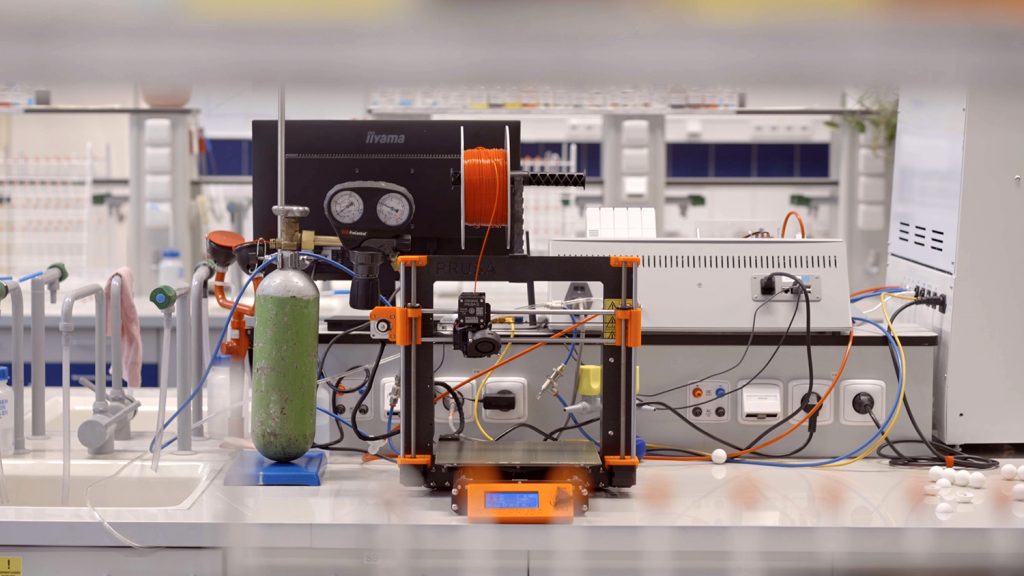
To be frankly, online casinos can be both good and bad for your wallet. I’d highly recommend you to visit Vulkan Bet login ( https://vulkanbet-online.club/ ) online casino to for the best gambling experience. If you’ve been searching for the best casino it’s a sign that you’ve found it.
not really a forum for that kind of advertisement
Does Prusa work with any collaborative CAD/Slicing/cloud prints?
The education is necessary because through this you become an expert and get acknowledge about different important aspects. Education software will help children and elders to teach themselves reading, writing and arithmetic skills. https://www.testsfile.com/E_ACTCLD_23-tests.html provides authentic IT Certification exams preparation material guaranteed to make you pass in the first attempt.
Bəzən təcili pul lazım olanda çətin vəziyyətlər olur. Məncə online pullu oyunlar olan sayt pul qazanmaq üçün idealdır. Uzun müddətdir ki, burada oynayıram və bütün şərtlər mənə tabedir.
I remember playing <a href="https://super-mario.io">Super Mario</a> in an arcade, back in the eighties. we would stand around whoever was playing and exchanged tips and tricks to beat this game.
This clever solution is a cheap but valid replacement for some costly hardware in certain situations. [Hello Neighbor](https://hello-neighbor.io)
1win's generous betting welcome bonuses https://1winbet-online.com/ and ongoing promotions are a huge draw for players, providing significant value and enhancing the overall betting experience. These offers not only serve as a great incentive for new users but also reward the loyalty of existing members. The transparency and fairness of these promotions reflect 1win's dedication to customer satisfaction.
[thank](https://blog.prusa3d.com/) promotions are a huge draw for